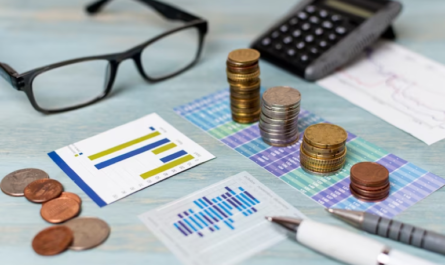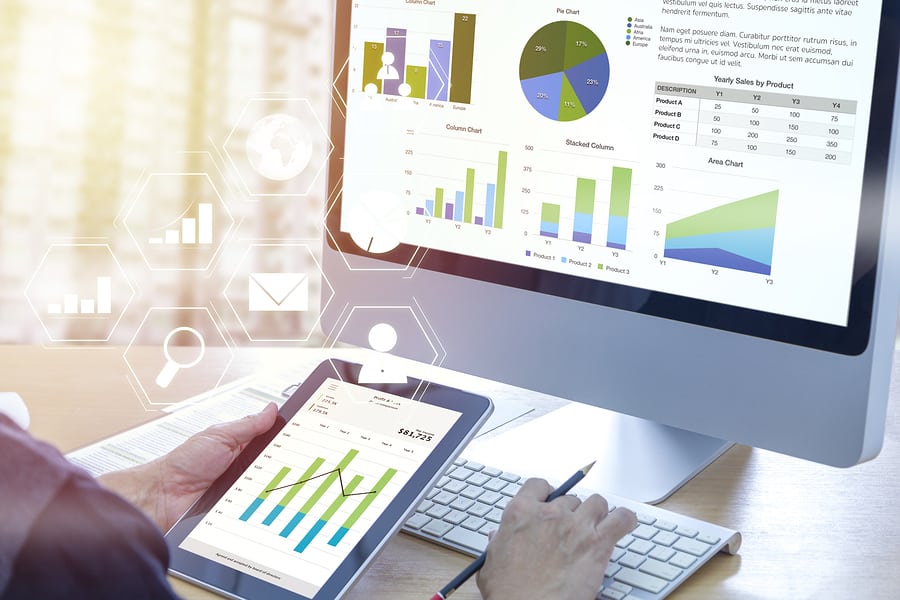Are you ready to dive into the world of forex trading? It can be an intimidating prospect for new investors. Still, with a basic understanding of the terminology and concepts used in this market, it can often be less complex than perceived. If you’re looking to learn more about forex transactions and how they work, then look no further – in this article, we will discuss the basics and some of the advanced terms important for any investor. We’ll also cover potential risks and strategies you may use to gain success with forex trading.
Contents
- 1 What is forex trading?
- 2 What are the trading costs with forex trading?
- 3 What currency pairs can be traded in forex trading?
- 4 How do exchanges and trading platforms work in forex trading?
- 5 What are leverage and margin trading?
- 6 What are the critical drivers of forex trading, and which indicators should be monitored?
- 7 What trading strategies can be employed in forex trading?
What is forex trading?
Forex trading, also known as foreign exchange or currency trading, is the buying and selling of different currencies on the foreign exchange market. It’s a unique financial asset class since currencies are always traded in pairs and are highly liquid, unlike stocks and commodities. Forex trading is attractive as it allows traders to make large trades quickly due to the leverage available from brokerages.
Many people succeed in this complex world by leveraging leverage, news releases, and technical analysis tools that help make informed decisions. With the right kind of mentorship and guidance, an individual with some capital can have a chance to enter this dynamic marketplace and do well significantly.
What are the trading costs with forex trading?
The trading costs associated with forex vary depending on the broker and platform. Some brokers offer commission-free trading, while others charge commissions based on the size of your trades. Spreads are also typical trading costs – these are the differences between a currency’s selling and buying price, which will be slightly higher than its actual market value.
When online forex trading, it’s essential to make sure you do your research and understand the costs associated with trading before getting started. Understanding trading costs can help you budget more effectively and minimise losses from trading fees.
What currency pairs can be traded in forex trading?
The trading platform and the broker determine the currency pairs available for trading. Generally, most trading platforms will offer significant currency pairs such as EUR/USD (euro/U.S. dollar), USD/JPY (U.S. dollar/Japanese yen) and GBP/USD (British pound sterling/U.S. dollar).
The trading platform may also offer exotic currency pairs of two non-mainstream currencies. Examples include USD/CAD (U.S. dollar/Canadian dollar), AUD/JPY (Australian dollar/Japanese yen) and EUR/GBP (euro/British pound sterling).
How do exchanges and trading platforms work in forex trading?
Exchanges and trading platforms provide access to the forex market by connecting buyers and sellers. The platform lets traders view current pricing information, place orders, manage positions, and track how they are doing.
The trading platform will also typically offer news releases, charting tools, and technical analysis tools to help investors analyse market trends and trading opportunities. For trading in Australia, one popular trading platform is Saxo.
What are leverage and margin trading?
Leverage trading, or margin trading, is the process of trading with borrowed capital. It allows traders to expand their trading power and increase their potential returns. However, it also increases the risk associated with trading, as losses can be magnified when trading on margin.
The maximum leverage a trader can use will vary between brokerages, with the most common being 50:1. This means a trader trading $1000 on margin can open a trading position worth up to $50,000.
It’s essential to exercise caution when trading on margin, as losses can easily exceed initial deposits and result in significant financial losses. It is also important to note that margin trading is unavailable in Australia.
What are the critical drivers of forex trading, and which indicators should be monitored?
The key drivers behind forex trading include news releases, economic indicators and geopolitical events. News releases such as central bank announcements, economic data releases and political developments can all affect the value of currencies.
Technical analysis is often used to predict future market movements by interpreting price charts and other trading signals. Popular technical indicators that traders should monitor include moving averages, Bollinger bands, the relative strength index (RSI), and the ADX (average directional index).
Despite their utility in trading, it’s important to note that technical trading indicators should be used in various ways. It’s still important to remain aware of news releases and geopolitical developments that may impact the currency markets.
What trading strategies can be employed in forex trading?
Various trading strategies can be employed in forex trading. Popular strategies include trend following, where traders attempt to identify and follow established market trends; scalping, which involves taking numerous small trades over a short period; and countertrend trading, where trades are opened against the current market trend.
It’s important to note that there is no one-size-fits-all approach to trading, and traders should experiment with different strategies until they find one that works for them. It’s also essential for traders to remain aware of their risk management practices, as losses can be amplified when trading on margin.




